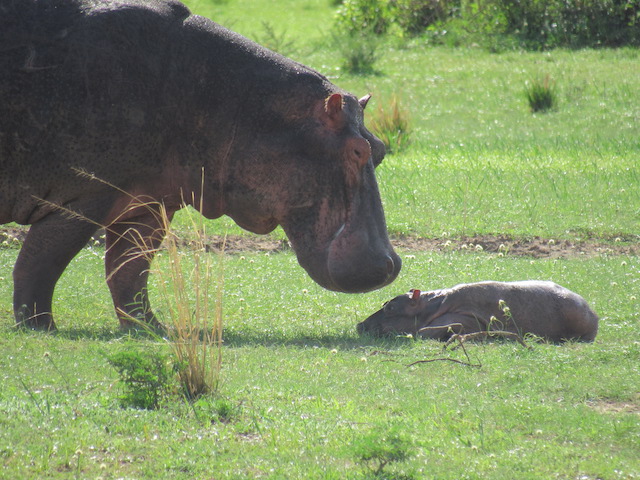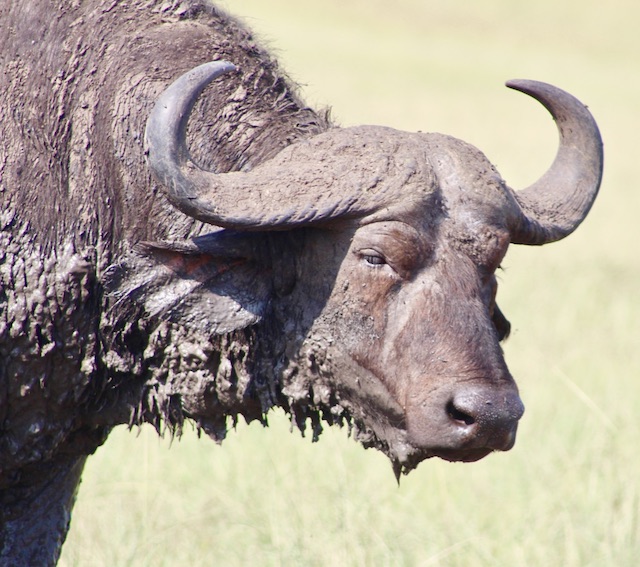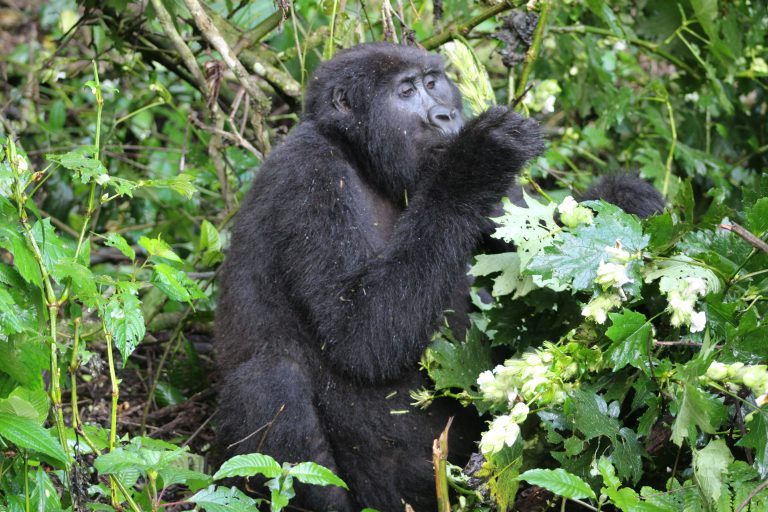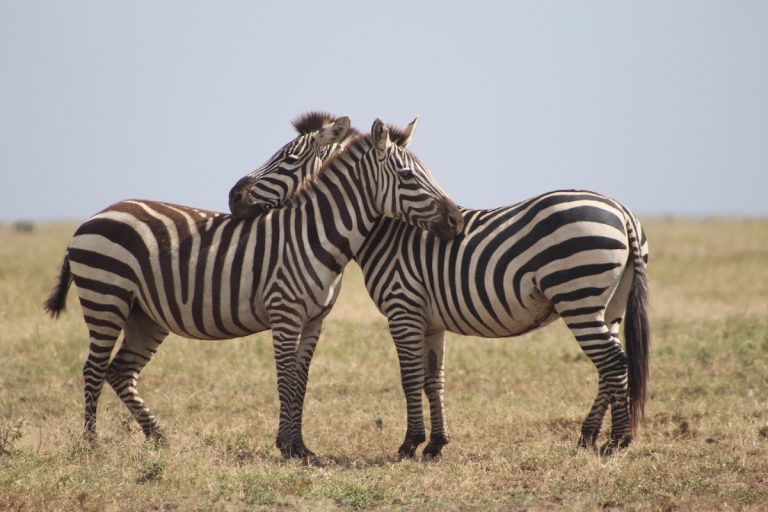Tanzania community tours offer an extraordinary opportunity to explore some of Africa’s most fascinating indigenous communities and historical sites. Community excursions in Tanzania are commonly combined with usual safari activities like game drives, other wildlife encounters, and resting on the beautiful Indian Ocean beaches. Nonetheless, Tanzania’s cultural diversity means that it provides more than just animals and beaches. Visiting this beautiful country would be incomplete without tapping into the people’s way of life and the significant historical landmarks. Immersion in Tanzania’s community helps one comprehend its people’s values and what separates them. It also offers an opportunity to compare their ideas to your own and gain insights that may lead you to reconsider them.
Tanzanians tend to identify themselves as a Swahili-speaking country, despite the country being immensely diverse. The country contains 120 tribes, therefore Tanzanian cultural community is as diverse as the country’s natural beauty. The ability of these tribes to coexist peacefully is an accomplishment that is often ignored. Lifestyles, traditional dances, music, rituals, social conventions, art, and religious beliefs are unique to each of the 120 tribes. Exploring the communities of these indigenous tribes is a once-in-a-lifetime experience.
There are unique settlements where some of the indigenous tribal tribes may provide a true cultural experience. Visiting these villages allows visitors to see and experience how the inhabitants live in a rural setting. At the end of the day, the revenues are used to improve the villages while also generating jobs, creation of schools, water holes, health centers, and forestry.
Let us look at some of the most interesting communities to explore while on a community tour in Tanzania;
Communities to Explore in Tanzania
Tanzania’s Maasai Community
The Masai moved from Kenya to Tanzania in the 15th century. They fought neighboring tribes for more grazing land for their domestic animals when they initially arrived in the country. The Maasai stand out among Tanzania’s tribes due to their pride, intellect, ferocity, and friendliness. Because of their cultural authenticity, they are among the most visited indigenous communities in Africa.
The Maasai believe that all cattle are theirs, no matter where they are in the ecosystem. Earlier before, the Maasai would plot attacks to cause havoc on neighboring tribes to regain their animals. The government has halted their raids and claims but has let them live near the Ngorongoro Conservation Area, where visitors can visit their communities.
Visitors to the Maasai Community can visit their bomas (homesteads) or manyattas and learn about their nomadic way of life, as well as their cultural past from the elders. You will also explore their cattle farms, local schools, and other local projects in the community. A trip to Tanzania would be incomplete without experiencing the Maasai warriors jump, dance, and drum. The Seneto Maasai Boma and Irkeepus in the Ngorongoro Conservation Area offer the finest community experiences.
Mto wa Mbu Community
The Mto wa Mbu is an important cultural site in Tanzania. It was built at the foot of the East African Rift Valley. The area is close to conservation areas such as Lake Manyara National Park, the Serengeti, and the Ngorongoro Conservation Area.
Mto wa Mbu brings Tanzanian tribes together to celebrate their cultural heritage and the complex has grown to the extent of a small town in and of itself.
Community activities tourists can engage in at this site include climbing Balala Hill, visiting the neighboring fields, going on a village walk, and looking at local development initiatives. Mto wa Mbu is a must-see for everyone who likes art or wants to buy a keepsake. You will get a chance to explore tribes such as the Chagga, Sandawe, Rangi, and Mbugwe, among others.
Datoga Community of Manyara.
The Datoga are a Nilotic tribe of people who live in northern Tanzania in the Manyara region, southwest of Arusha, and in the northern Singida region of Tanzania. They are one of the country’s last entirely primitive communities, along with the Hadzabe. The Datoga, like the Maasai, rely on cattle keeping but have recently begun to practice subsistence farming. One of the most intriguing aspects of the Datoga is their dress code. They wear collars and bracelets made of brass or beads. More so, they have tattoos that encircle their eyes as another identifying feature.
Because Datoga culture encourages aggression, they have not always coexisted peacefully with their neighbors, such as the Iraqw or Hadzabe. Despite their warrior image, the Datoga are friendly to visitors. If you visit them, they can expose you to their way of life and cultural values. You will learn more about their ways of life, such as how to construct cattle fences, housing, traditional attire, weaponry, and milk a cow. You’ll also visit their homesteads and see how they are slowly adapting to the subsistence lifestyle.
The Ng’iresi Village in Arusha
This community is located 7 kilometers from Arusha on the foothills of Mount Meru and is inhabited by the Waarusha tribe. Despite their affinity with the Maasai, the Waarusha’s principal activity is farming.
The Ng’iresi community offers remarkable community tours where tourists are introduced to their culture through hearing stories from elders, viewing individual homes, exploring the fields, and helping to prepare native delicacies. Additionally, tourists have an opportunity to visit numerous village development initiatives including soil conservation, irrigation, cross breeding, bio gas, fish, and nursery to mention but a few. A guided tour of the village might run all day and end at the foothills of the mountain. Other fascinating activities to do when visiting the Waarusha tribe include climbing the Kivesi and Lekimana hills.
Mulala Village
Mulala village, 30 kilometers from Arusha town is located on the southern slopes of Mount Meru and is a popular destination for visitors looking to immerse themselves in Tanzanian culture. The community is located between 1600 and 1700 meters above sea level; thus, it has cool weather in the morning and evening. While visiting Mulala Village, you will meet the Agape Women’s group, a Mulala women’s organization that started this community program to support its members’ economic endeavours.
Mulala’s Agape Women’s Group organizes community excursions and the women guides will show you around the village, as well as explain the Waarusha tribe’s way of life. Expect to be taken to surrounding farms to learn how to make cheese and bread. You will also explore coffee plantations and learn how to plant, harvest, and make coffee. Still, you’ll also go to the stingless beekeeping project, which has about 35 beehives, and taste the fresh honey, amidst learning how this project benefits the locals.
A visit to the Marisha River can be also extended to see some of the medicinal plants used to treat common disorders.
The Hadzabe Community
The Hadzabe Bushmen, like the Khoisan in Southern Africa, speaks mostly in clicks. They are a nomadic hunter-gatherer clan living on Lake Eyasi in the Great Rift Valley, and they survive by foraging for vegetation and hunting small wildlife like squirrels. The Hadzabe are one of Tanzania’s last tribes with a wholly traditional culture, thus visiting them provides a rare look into the lives of true bushpeople. They continue to hunt and cluster near Lake Eyasi’s caves. The Hadzabe arrived in Tanzania over 10,000 years ago, but their numbers have fallen in recent decades, with only about 1000 left.
Climate change, resource rivalry from more aggressive tribes such as the adjacent Datoga tribe, and commercial hunting have all contributed to the tribe’s population decline. This tribe’s isolation and primitive lifestyle have preserved it from extinction. Visiting this ancient tribe will introduce you to their way of life and culture. A local guide will accompany you while the Hadzabe people show you around their community and tell you about their culture, history, and daily lifestyle.
Tourists can also learn about old hunting skills and even try their hand at shooting a bow and arrow at a wooden target. Because of their ethnic origin and usage of traditional weaponry, the Hadzabe are the only people allowed to hunt in the area, according to the Tanzanian government. Furthermore, meet the Hadzabe village women, who will show you their homes and how they forage for vegetables, honey, and fruit from the baobab trees, in addition to their cooking styles.
Kilwa Island
This is a historical island in the coastal area. Kilwa was the most powerful and known city on the East African coast during the 12th and 15th centuries. Kilwa served as an Indian Ocean commercial hub, connecting Asia to the interior of East Africa. In the ninth century, Arabs and Persians first arrived in Kilwa. The island has been declared a UNESCO World Heritage Site, making it one of the best places to learn about Swahili culture and the spectacular structures that have survived.
Swahili Communities
Beginning roughly two thousand years ago in Tanzania, the Swahili culture arose as a result of marriages, idea exchange, and commerce with outsiders (Arabs, Greeks, Persians, Romans, and Chinese). Swahili culture originated on the islands and coastal cities of the Indian Ocean and expanded to Kenya. The civilization subsequently relocated to East Africa’s interior.
The Persians, Greeks, Romans, Arabs, and Chinese all had an impact on Swahili culture and cuisine. As a result, Kiswahili has progressed from a business language to a national language that unites all Tanzanians. Zanzibar Island is the place to go to learn about authentic Swahili culture. You will have an opportunity to learn and observe the influences of intermarriages between indigenous Bantu people and Europeans arriving at the shore. The original Swahili-speaking people are identifiable by their lighter skin, strong business concentration, and Swahili as their native tongue.
Benefits of Community Tours in Tanzania
- Some of the prominent benefits of engaging in community tours include giving community people the authority to make choices on issues that affect them on a local level.
- With community-based tourism, many people from the communities have also been able to find work through the conservancies in the communities.
- Infrastructural development. With revenues collected from tourists many infrastructure facilities, including power, internet, telecommunications, water, and roads, have been constructed in various communities in Tanzania.
- Furthermore, there have been superstructure constructions in communities with conservancies and natural tourism places.
- Because of community-based tourism, communities in Tanzania have also been successful in conserving their traditional customs, developing health facilities, utilizing corporate social responsibility services, and earning foreign exchange.





